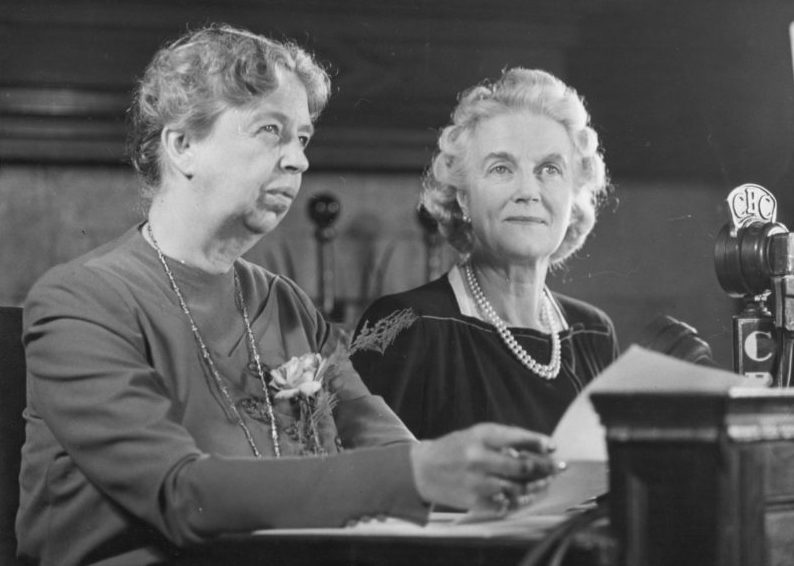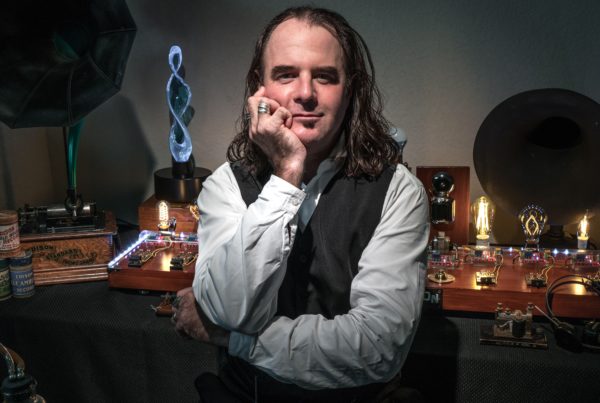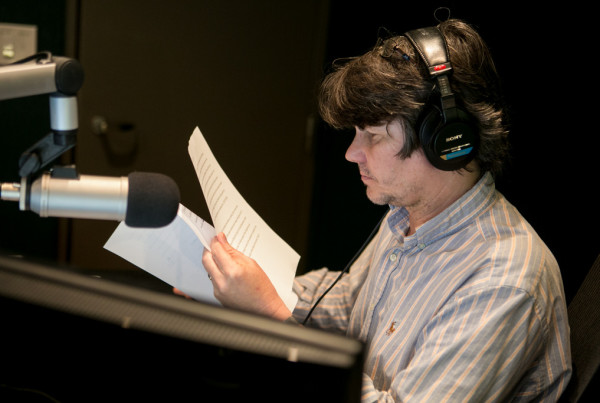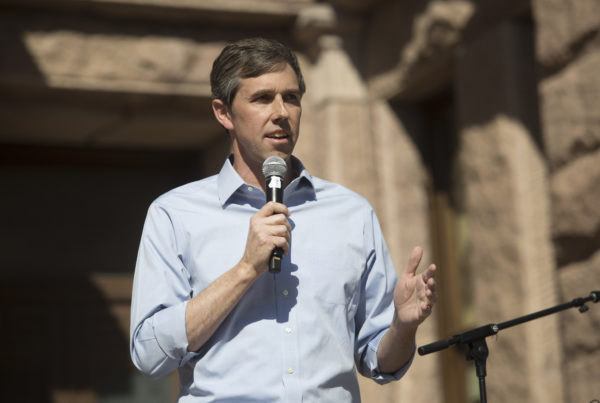You’d think Texans would be experts on first ladies given the number of them that have ties to the Lone Star State. Lady Bird, Laura Bush, her mother in-law and even Mamie Eisenhower called Texas home for a time. But, as it turns out, the role of the first lady is more shaped by tradition and popular expectation than any rulebook.
A new report from George W. Bush Institute explores what this lack of definition means for one of the most prominent positions in American public life.
According to Natalie Gonnella-Platts, deputy director of the women’s initiative at the Bush Institute, the flexibility of the position provides first ladies with an important platform for women to simultaneously make a difference and have their voices heard.
“One of the things that is so important is their ability to utilize vision and strategic focus,” Gonnella-Platts says. “If you think about [it], the first lady is such a unique position. They have an opportunity to build bridges between civil society and government institutions.”
Not only is this role significant within the United States, Gonnella-Platts says the role has significant implications for women around the world.
“We had the opportunity to speak with first ladies from five continents across the globe,” Gonnella-Platts says. “We found that there are common challenges that prevail and there are things like the fact that it is a role without a rulebook.”
Especially in countries where the role of first lady hasn’t yet been formalized, Gonnella-Platts says women face a challenge of both legitimacy and rallying people to support their causes. But Gonnella-Platts says women are starting to break through in countries such as Ethiopia, which recently established an official office for its first lady.
Gonnella-Platts says the establishment of official offices for first ladies mirrors the changing position of women in a broader societal context.
“The role is largely influenced by the individual in the position, the environment within which they find themselves and the changing role of women more broadly in society,” Gonnella-Platts says.
This nuance is often the reason we see first ladies such as Laura Bush wearing multiple hats within the role. Gonnella-Platts says modern first ladies often use their role as hostess to leverage change on issues of social policy.
“She was a champion of issues for women and girls in Afghanistan and for literacy and at the same time,” Gonnella-Platts says, “she very capably leveraged the role of hostess and the soft power opportunities that come with the social functions of the role.”
Through the results of the study, Gonnella-Platts says she hopes the Bush Institute will help first ladies realize how they can actively leverage their role to position themselves as leaders.
“In addition to there being a lack of research on first ladies globally, there’s a lack of research on women’s leadership generally,” Gonnella-Platts says. “We hope that this report will begin to add to that and start a conversation on the influence that women have to really make a difference.”
Written by Morgan O’Hanlon.
















